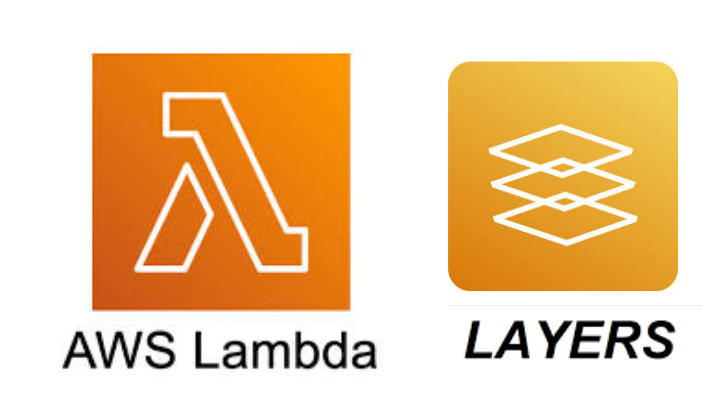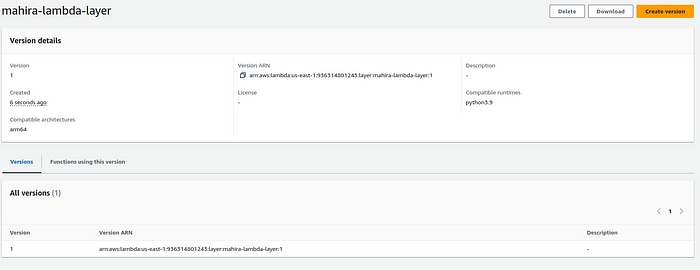The Ultimate Guide to Creating Lambda Layers Using Terraform.
 Mahira Technology Private Limited
Mahira Technology Private Limited

Overview :-
Imagine you’ve written several Lambda functions, and they all use the same utility library or a particular SDK. Instead of bundling these with every function, wouldn’t it be easier to manage these common dependencies in one place? That’s where Lambda Layers come in handy. And when you pair it with Terraform, you’re setting up a robust infrastructure as code (IaC) environment that not only automates your deployments but also ensures consistency across your cloud resources.
Pre-requisites :-
Before we roll up our sleeves and get our hands dirty, there are a few things you need to have in place:
An AWS Account: Obviously, since we’re working with AWS Lambda.
Terraform installed: Make sure you have the latest version of Terraform installed on your system.
Basic understanding of AWS Lambda and Terraform: It helps if you’re already familiar with the basics of Lambda functions and Terraform’s syntax.
Procedure :-
Now, let’s break down the steps to create a Lambda Layer with Terraform.
Step 1: Define Your Terraform Configuration
First up, you need to define your Terraform provider and resource for the Lambda Layer. Here’s a simple example:
- Create a folder named layer on your desktop and within the folder, create terraform configuration files such as main.tf, variables.tf and provider.tf .
#main.tf
resource "aws_lambda_layer_version" "layer" {
layer_name = "lambda_layer"
filename = "layer.zip"
compatible_architectures = ["x86_64"]
compatible_runtimes = ["python3.9"]
}
#provider.tf
terraform {
required_providers {
aws = {
source = "hashicorp/aws"
version = "4.48.0"
}
}
}
provider "aws" {
region = "ap-south-1"
access_key = "Your AWS Acess key"
secret_key = "Your AWS Secret Access Key"
}
Step 2: Prepare Your Layer Package
- Create a requirements.txt file with your specified packages and download those requirments, and then create a zip file with those requirements and upload it in layer folder.
Step 3: Deploy with Terraform
open a Terminal or command-prompt window and navigate to layer folder. After you’ve prepared your layer and updated your Terraform configuration. Run the following commands:
Initialize Terraform
terraform init
Apply your Terraform configuration
terraform apply
Confirm the changes suggested by Terraform and wait for it to do its magic!
Step 4: Verify Your Layer
Once deployed, you can go to the AWS Lambda console, select “Layers” in the sidebar, and you should see your newly created layer there. Now, you’re all set to reference this layer in your Lambda functions!

Conclusion :-
And there you have it! You’ve just seen how creating Lambda Layers using Terraform can streamline your Lambda functions’ dependencies in a more manageable way. It’s about working smarter, not harder, and letting automation take the strain off your shoulders. With Lambda Layers and Terraform, you’ve got a dynamic duo that not only simplifies code management but also makes your deployments more efficient. So, why not give it a shot on your next serverless project?
Subscribe to my newsletter
Read articles from Mahira Technology Private Limited directly inside your inbox. Subscribe to the newsletter, and don't miss out.
Written by

Mahira Technology Private Limited
Mahira Technology Private Limited
A leading tech consulting firm specializing in innovative solutions. Experts in cloud, DevOps, automation, data analytics & more. Trusted technology partner.